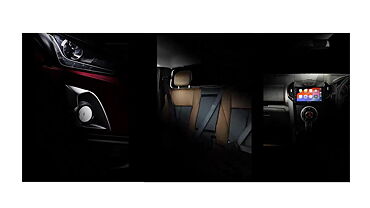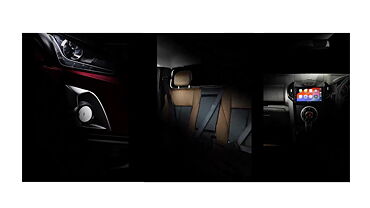Mahindra & Mahindra Limited, the leading utility vehicle manufacturer, has become the country’s second most valuable automobile maker and has replaced Bajaj Auto Limited. In terms of market capitalisation, Mahindra has left behind the two-wheeler firm with a figure of Rs. 59,243 crore, as compared to the latter’s Rs. 52,867 crore, calculated on the closing price on Bombay Stock Exchange (BSE). In December 2012, the utility vehicle maker had lost its second spot to Bajaj Auto, which consistently reported 20 per cent industry leading growth in its operating margins.
With a market capitalisation of Rs 78,817 crore, Tata Motors stills commands the top position over Mahindra and Bajaj. It must be noted that Mahindra & Mahindra has beaten the industry slowdown with 1 per cent growth recorded in April 2013, when the entire auto sector suffered a decline of 7 per cent.
Industry experts have cited healthy sales growth recorded by the tractor business and Bolero models as the main reasons for Mahindra & Mahindra’s impressive April 2013 BSE index performance. On the other hand, Bajaj Auto’s market capitalisation suffered on the back of competitive pressure forced upon by Honda Scooters & Motorcycles India and Hero MotoCorp. As per reports, the Bajaj’s stocks have dropped in value by 3.68 per cent during the last four trading sessions.
Expressing his opinion on the loss of market share witnessed by Bajaj Auto, Sahil Kedia, a market analyst at Barclays, was quoted as saying, “The incumbent players in India's two-wheeler market currently face two key issues. First, domestic demand has decelerated significantly, with growth in FY13 slipping to only two per cent. Second, Honda's stated aggressive capacity expansion plans to 4 million units from 2.8 million imply limited growth for the incumbents.” He further added, “Given the increased competition, we forecast further market share loss for the incumbent players and believe the risk of increased price discounts or subvention schemes is high.”


























